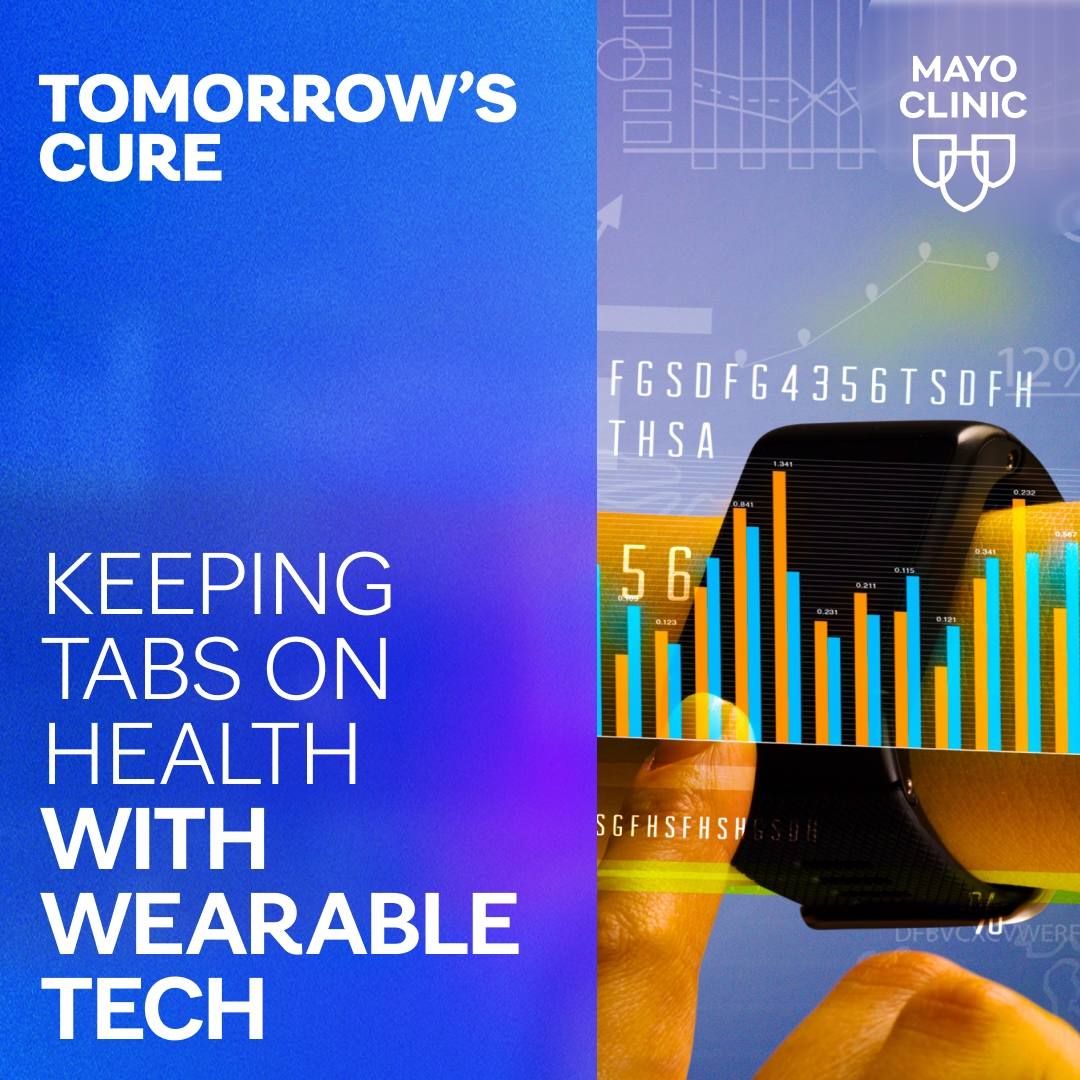Osteoporosis is softening of the bones, particularly as you age. It's often not diagnosed until a bone is broken. And by that time, the bones can already be quite weak. But there is a test you can take to determine if you have osteoporosis and calculate your risk of a fracture.
Journalists: Broadcast-quality video pkg (0:58) is in the downloads at the end of the post.
Please ‘Courtesy: Mayo Clinic News Network.’ Read the script.
A bone density test is the best way to find out if you have osteoporosis.
"It measures bone loss," says Dr. Bart Clarke, a Mayo Clinic endocrinologist. "It tells us how strong the bones are even if they haven't broken yet."
He says if you've never had a fracture, screening guidelines call for your first bone density test at age 65 for women and 70 for men.
"Bone density testing is an X-ray test that takes probably 15 to 20 minutes to check both low back and hips, which are standard sites to measure," says Dr. Clarke. "These predict future risk of backbone fracture or hip fracture. So that’s what’s being tested."
He says if your bone density is normal, your next test won't be for another five or 10 years. But if the test shows signs of osteoporosis, you should have it done annually.
"Having the bone density test and then maintaining good nutrition, including calcium and vitamin D, and staying physically active — those are the things that you can do to protect yourself before you get to a point where medication is needed," says Dr. Clarke.







